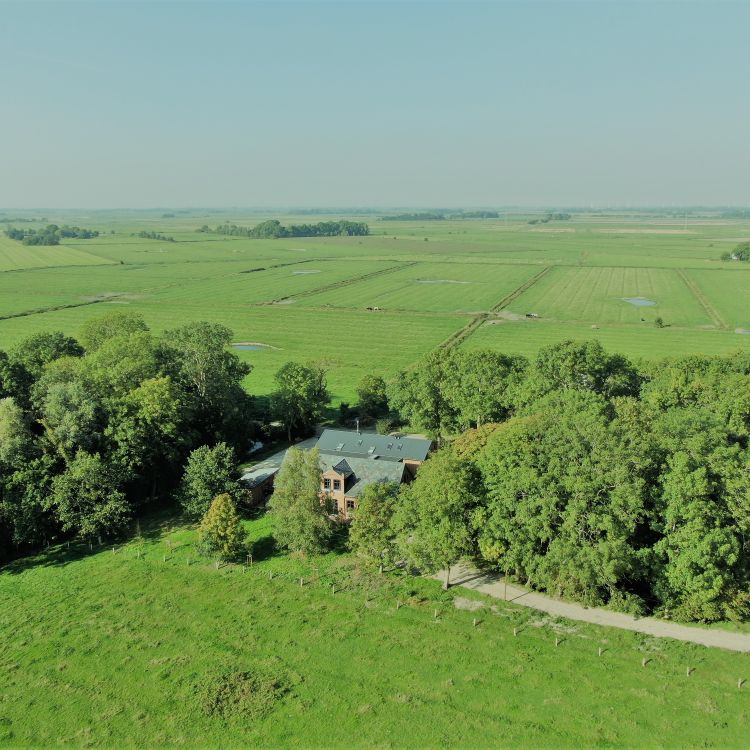Offsite Workshops and Meetings - a new role in the hybrid world of work
2024-03-18
What does offsite actually mean?
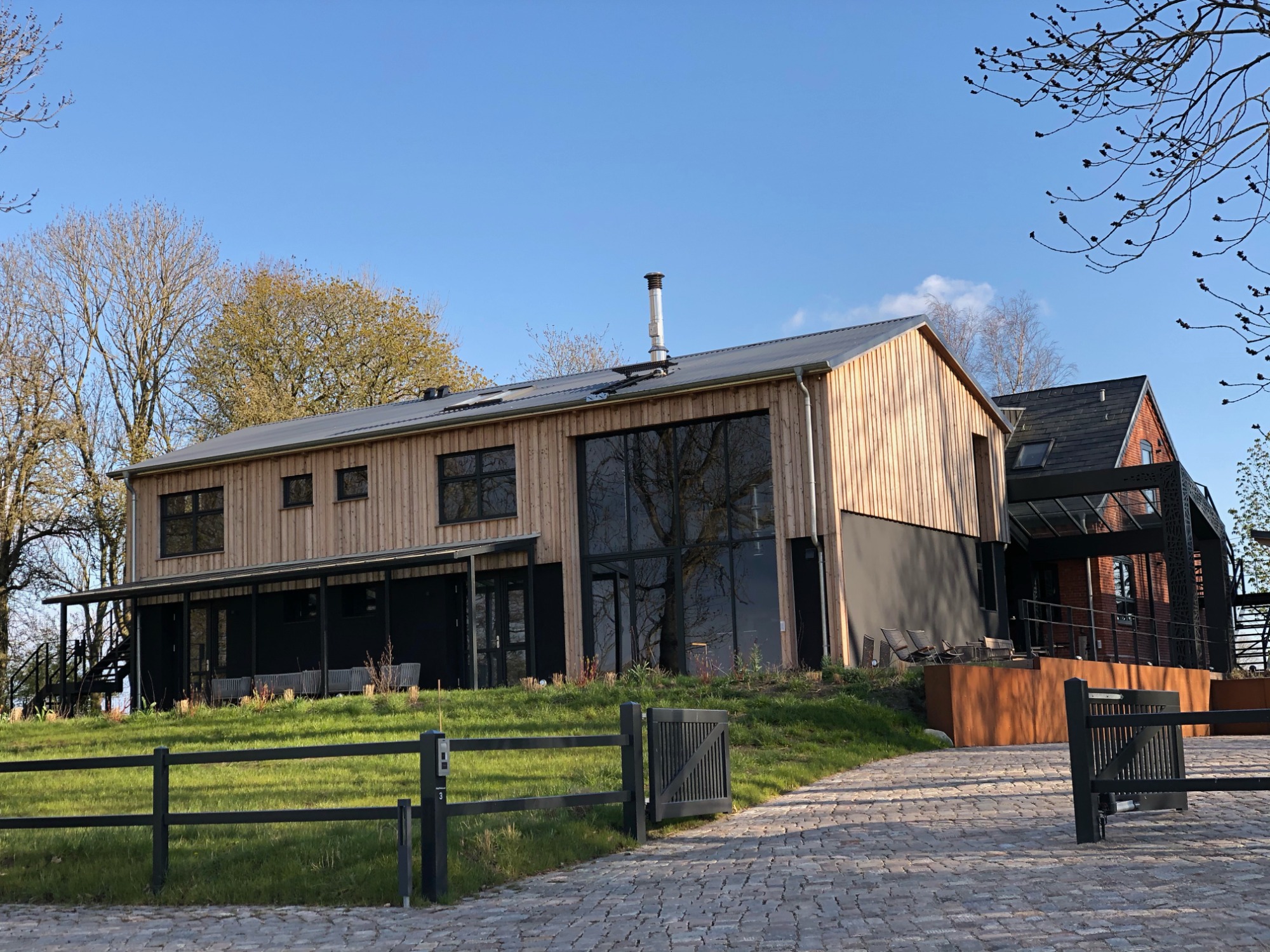
Offsite means meeting outside the daily office routine or routine in the home office to work out the new direction in the company, an innovation topic or many questions relating to corporate culture and employee management. What counts is the focus on a common topic that otherwise always gets short shrift in the daily work routine.
A special meeting format and a different environment ensure that creativity is released, and team building is also often in the foreground. What is new here is the form of co-working and co-living. People live and work together for a limited time, whereby the transitions between working, balancing nature, sports or other experiences and living together are fluid. It is precisely the mixture between concentration and relaxation that creates new innovative power.
The path to a successful offsite event - Key success factors
There are some components that need to be considered in order to make an offsite a success. A pure meeting outside the office is not enough if then again only a traditional agenda is worked through in the classic distribution of roles. We see four areas that need to be combined here:
The right mix of skills
Successful offsite workshops combine different skills, i.e. competencies or functions in the company, but also different hierarchies. The world has become too complex for one corporate function alone to define a future corporate direction or new solution. Whereas in the past people worked in staffs or departments along one function (vertical), today one of the criteria for success is to work across functions (horizontal). This involves the knowledge and experience of many departments. If one imagines a typical company organization, then not only neighbouring product departments have to be connected, but also sales, marketing or the IT perspective have to be included. The feasibility of many solutions often also lies with the employees, which is why HR should always have a place in the offsite. Working across departments doesn't mean that you now pull a lot more people together. Above all, it doesn't depend on hierarchies. Typically, it is enough if a department is represented by a "head" and you also pay attention to different generations in the company when it comes to the team mix. Such employees, for example, with a high level of expertise in digital technologies or those with a high level of experience from the past. The right mix then ensures that all perspectives are engaged in finding solutions.
A premium location
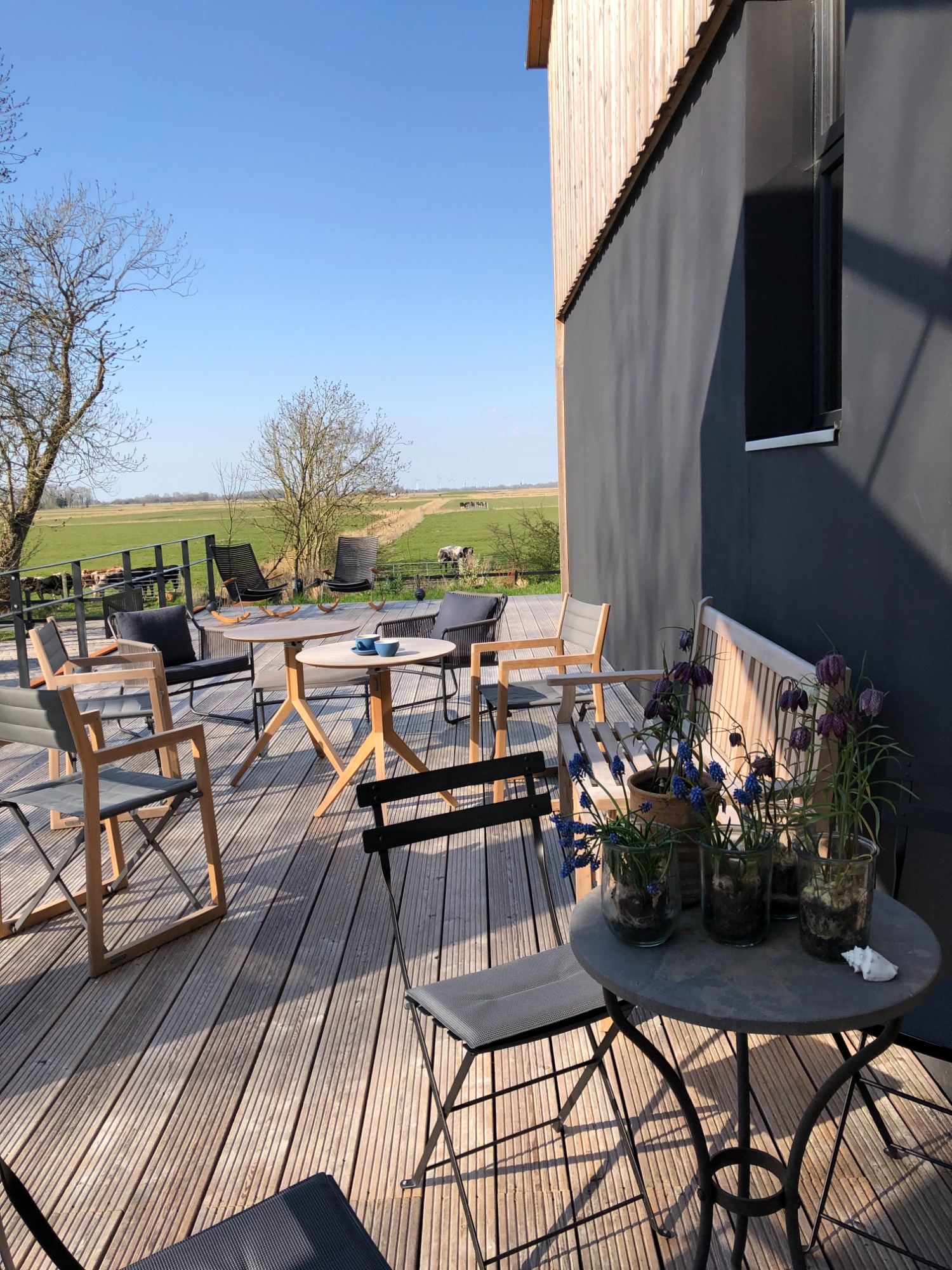
The environment creates the framework and the resonance to become creative and to open up to new topics. In the best case, the proximity to nature is given, which not only grounds, but also exemplifies organic approaches to solutions. Premium does not necessarily stand for a 5-star hotel in the classical sense. We understand Premium as a place where people feel at home, quickly become familiar with each other and where there is no hustle and bustle due to large crowds. In the best case, the team has a secluded location at its disposal, where they don't have to stand in the food queue with other companies or perhaps even have breakfast together with tourists. If co-living is to be used as a team-building tool, then the location should allow people to behave "like at home". Occasional cooking together, you fetch the deck chair yourself from the shed or you fire up the fireplace. Of course, you don't have to do any housework, that's done professionally in the background, but some things are easier to do as a team. Last but not least, premium naturally also means aesthetics, and beauty is now part of the equipment concept.
Agile moderation
No prefabricated solutions should be presented and chopped off. The key to success is joint development, which also creates a commitment among each participant and is thus the basic prerequisite for subsequent implementation. Gone are the days when solutions were worked out in advance in small teams and meetings were then only used to coordinate or make changes. An agile team creates the solution space together, supported by professional moderation. You literally start on the "white sheet of paper" and allow a very wide, broad entry into the topic. Of course, facts flow into the analysis, but it must be possible to put hypotheses "out of the box" into the room and develop them together. Especially important is then the end of the moderation. It is wrong to leave a team alone with open questions or too many hypotheses. It is the task of the moderators to pull in filters in time before the end, to narrow down the solution space again and to create a kind of action plan. The success factor here is that the immediate next steps and the target picture are formulated visibly and comprehensibly.
Offline from day-to-day business
The freedom to deal with strategic issues requires that day-to-day business be side-lined for a short time. This must be organized in advance and the rules of representation in the company must take effect. If the phone is constantly ringing or the mailboxes must be processed, there is no peace and concentration to focus on strategic topics. But an offsite is not something you do every day, so the conscious time-out should be planned and communicated in advance. The offline mode is also necessary for another reason. Don't we all know that when things get difficult, meeting participants like to hide behind their smartphones, leave the meeting and check their e-mails in the hallway? The routine of daily business sometimes helps people to escape and makes it too easy to avoid difficult topics. Offline from daily business is the motto that makes sense from many aspects.
A common objective is everything
In the past, strategic meetings were held with a fixed agenda and prepared content. This slows down creativity and reduces the solution space. Agile, joint moderation in the format of co-working is more successful today. Different competencies work together to develop a solution concept. What counts is that the expectations of all participants are asked for and incorporated into the workshop structure.
Creating the right workshop atmosphere
Important in co-working and co-living is the atmosphere, which should be team-oriented, open, transparent and creative. For this purpose, there are a variety of "door openers" such as the visualization of personal goals. This leads to participants getting to know each other better and opening up. Modern moderation techniques such as design thinking or digital voting lead to a loosening of the atmosphere and support the solution finding in the team.
Teambuilding
Gone are the times in which "games" for teambuilding have often tried very convulsively to form a team. Co-living is the motto, you live together, help each other like at home and get to know the strengths and weaknesses of others. In every team there is almost automatically a barista, someone to take care of the wood for the fireplace, a sommelier etc.
#find-the-balance#Find the balance
The old question of free time blurs in co-working and co-living mode. It comes down to the balance between nature, sports, art, digital technology, moderation and also culinary delights. Here, above all, the environment is important for the offsite to set the right framework. Today, solutions can be found while hiking through the mudflats, watching the lambs in the salt marshes or cooking together. The best offsite therefore no longer asks for a leisure program, but allows many elements to flow into a workshop structure. This includes quite spontaneous ideas.
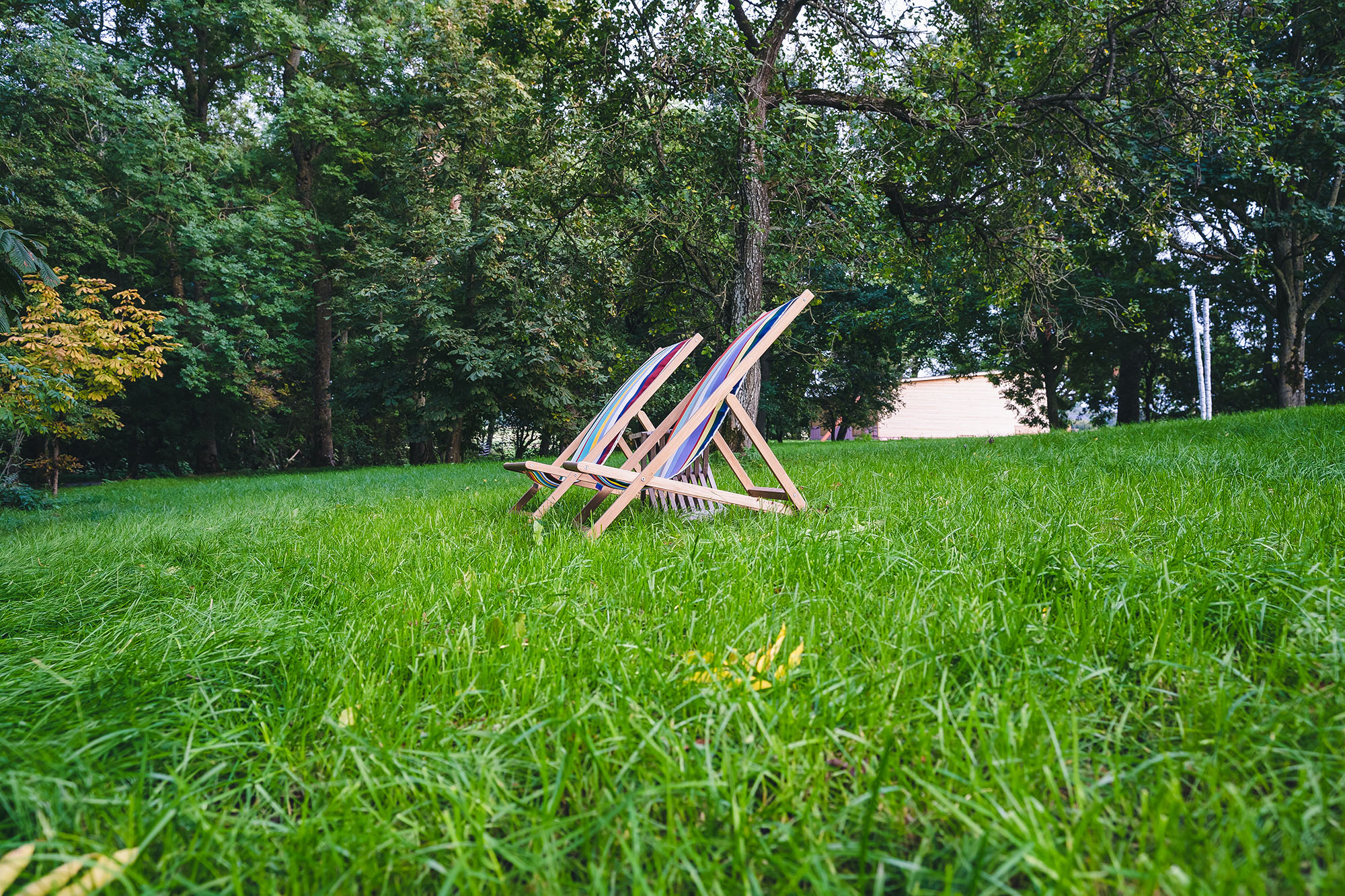
Challenge the team
Agile facilitation methods lead teams to challenge themselves. Experienced facilitators support thinking "out of the box". It is important that especially at the beginning of a workshop no idea can be wrong and discarded too early. It is also possible to put unrealistic theses into the room and the best solutions often emerge from the controversy. Too early filtering of ideas leads to the fact that one always falls back into habitual thinking patterns or only accepts what one has "always done so".
Visualize the result
The best workshop also ends with the documentation that is created in parallel. In the fast-moving times with always new trends it is important to visualize and describe the target picture. All participants should have a common understanding of the goal, while the way in which the goal is to be implemented can certainly remain open. It is no longer a matter of developing detailed master plans as in the past. On the contrary, freedom must be created to plan the implementation later on one's own responsibility and to implement it in an agile manner. As long as everyone wants to achieve the same goal, implementation can be flexible. This is why we often speak of the common "North Star" when visualizing the goal.
Which location should it be?
The requirements for the location are high. Premium, in nature, available digital technologies, free workshop space, overnight accommodation, event kitchen etc.
It is important that there are smooth transitions for the workspace. You need a central unit indoors where the team meets and group activities are carried out. The transition to the outdoor area must then be fluid so that you can easily move to a garden for individual activities, depending on the weather and season. Typically, individual meeting rooms are needed for smaller groups. These should be flexible to occupy.
The current trend is for locations in the countryside, where former farms or barns can be occupied. Here, it is important to ensure that there is a good network connection despite the idyllic setting. Most of the offsides cannot be carried out completely without a digital connection. No matter if barn or farm, modern conference technology is necessary and should be checked in advance.
To be able to implement the elements of co-working and co-living, it is important to occupy the location alone and, above all, not to mix with other teams during breaks and catering. Locations like FriesThinkLand, located in North Frisia, guarantee this. It is also advantageous for your own team to have different rooms available in the building. We have found that it is good to have a somewhat relaxed breakfast in a separate room and not where you work all day. It is always an advantage to bring some movement into the workshop routine.
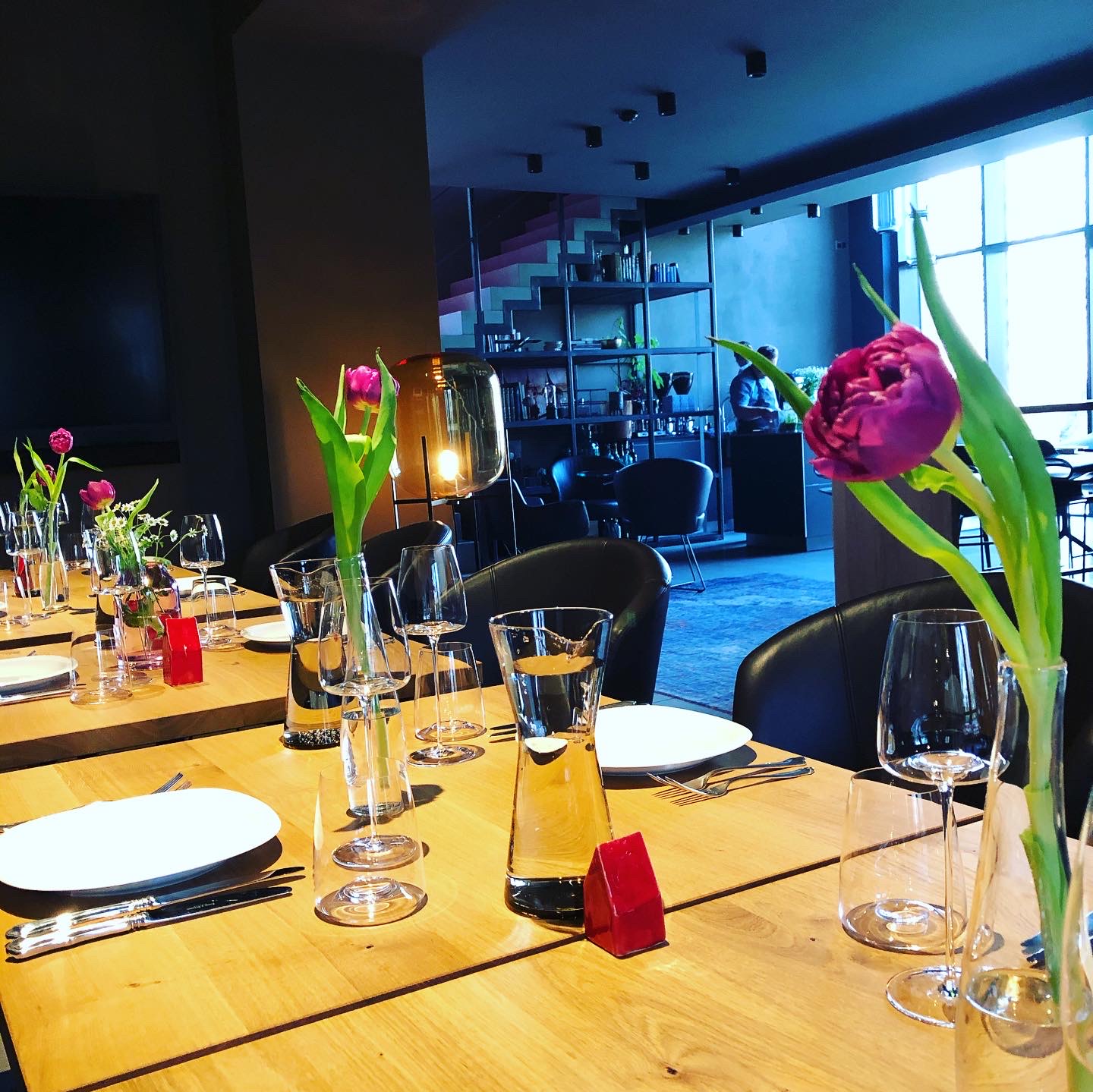
Culinary delights and a good wine cellar are part and parcel of a good offsite location. It is definitely worth discussing the catering and wine selection in advance. Usually there are also different options here and in some houses, you can choose between standard and premium. Barista coffee, green smoothies or one or the other regional specialty should not be left to chance.
The last critical point is the environment of the location. Houses with a secluded location are preferable to those in the town or city centre. Of course, not everyone can go to an island, but a selected site in a solitary location promotes teaming and allows nature to unfold its full effect. This is one of the reasons why we prefer locations in the country to those in the city. The distractions of city life, the risk of stress and hectic or the danger that team members will leave for the evening do not even arise in the countryside. So good reasons without the additional aspects of Corona time that speak for the country anyway.
The surroundings naturally also shape the range of events that can be included in the workshop. Whether mountain or valley, coast or inland, the possibilities should be explored in advance. Usually there are 10-20% of the participants who are extreme athletes and just as many who are not athletic at all. When selecting the events, therefore, always pay attention to the middle, so as not to exclude anyone or put them on the side-lines. Here, too, it makes sense to plan this in advance and to respond to the preferences of the participants.
#outdoor-meeting#Outdoor-Meeting
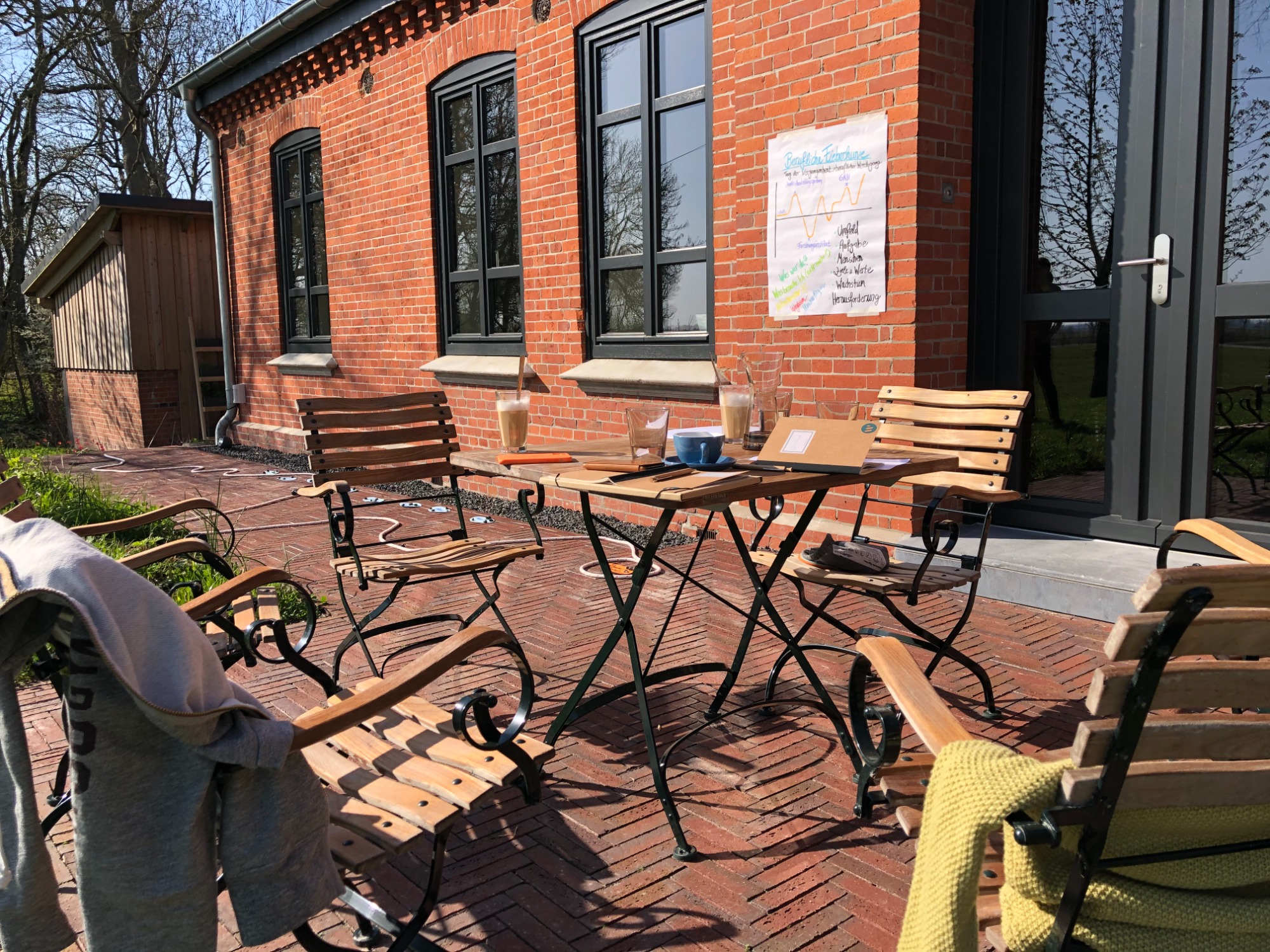
Not only since Corona times fresh air and plenty of space are in demand. Therefore, locations with a large outdoor area are ideal. Covered meeting corners, an open garden, proximity to the sea or other natural landscapes. The best project ideas are often found outside, while hiking or on a swing ... there's plenty of room to think through new things. Animals such as rabbits, frogs, birds, sheep, and cows are ubiquitous in the countryside, illustrating the perpetual cycle of nature. Sustainability is taught in the meadow. Sometimes humility as well. All offsite activities that take place outdoors benefit from the silence, the implied deceleration and mostly being offline is guaranteed.
Team building should be distinguished from outdoor meetings. If, for example, you invite participants to spend a day sailing together during a workshop week, then teambuilding takes precedence here. Here you should allow the participants to relax from the business agenda, the more personal the experience becomes, the team members get to know each other better and if there is a real need for direct discussion about the business problem, this is usually found by itself..
A typical sequence of an offsite meeting

Arrival, analysis, inspiration, relaxation, solution search, solution definition and the agreement of next steps, as well as feedback are the core modules that are run through over 2-3 management days or within one working week. Arrival already the day before or a later departure can be a deliberate element to facilitate logistics. An action-oriented day in the workshop program often begins at 7:30 a.m. with a joint beach walk followed by an extensive working breakfast. Around 10.00 a.m. the inspiration phase starts - case studies, benchmarks, best practices, other industries, future trends etc. are discussed. A short light lunch with a little time out for the participants rounds off the lunch hour. Many participants go for a bike ride through the marshland or take the deck chair as an alternative. In the early afternoon the work in groups starts, solutions are discussed, sketched and presented together and worked through until dinner. The evening is then devoted entirely to the socialization of ideas. A Sun Downing cocktail by the lighthouse or on the swing, a fireside evening to share experiences, or a formal dinner with many courses and, of course, a wine tasting is included. On other days a team decides to spend the whole day on a boat, again sharing experiences and discussing next steps while the skipper remains in command of the boat. Depending on the condition and ambition of the team, there is the evening surf, the marathon or even a nature trip to the salt marshes. It is important that all modules flow into each other, that there is no stress due to an agenda and that the coordination runs somewhat in the background and that personal preferences or also the sporting ambition are clarified in advance.
#do-offsite-events-really-make-a-difference#Do offsite events really make a difference?
Even before the pandemic, offsite meetings were necessary to make strategic decisions, support team building and most importantly, achieve management buy in. And, for the most part, it worked. What didn't work in your own conference room worked offsite. There are many reasons for this. You have to clear your mind, take a break from the daily routine and concentrate on the essentials. The environment has always played a role that should not be underestimated. The days of working through long agendas in sterile conference rooms, often without a view, are long gone. The environment and the room in which one works have a resonating effect on the team's state of mind and contribute significantly to the meeting atmosphere.
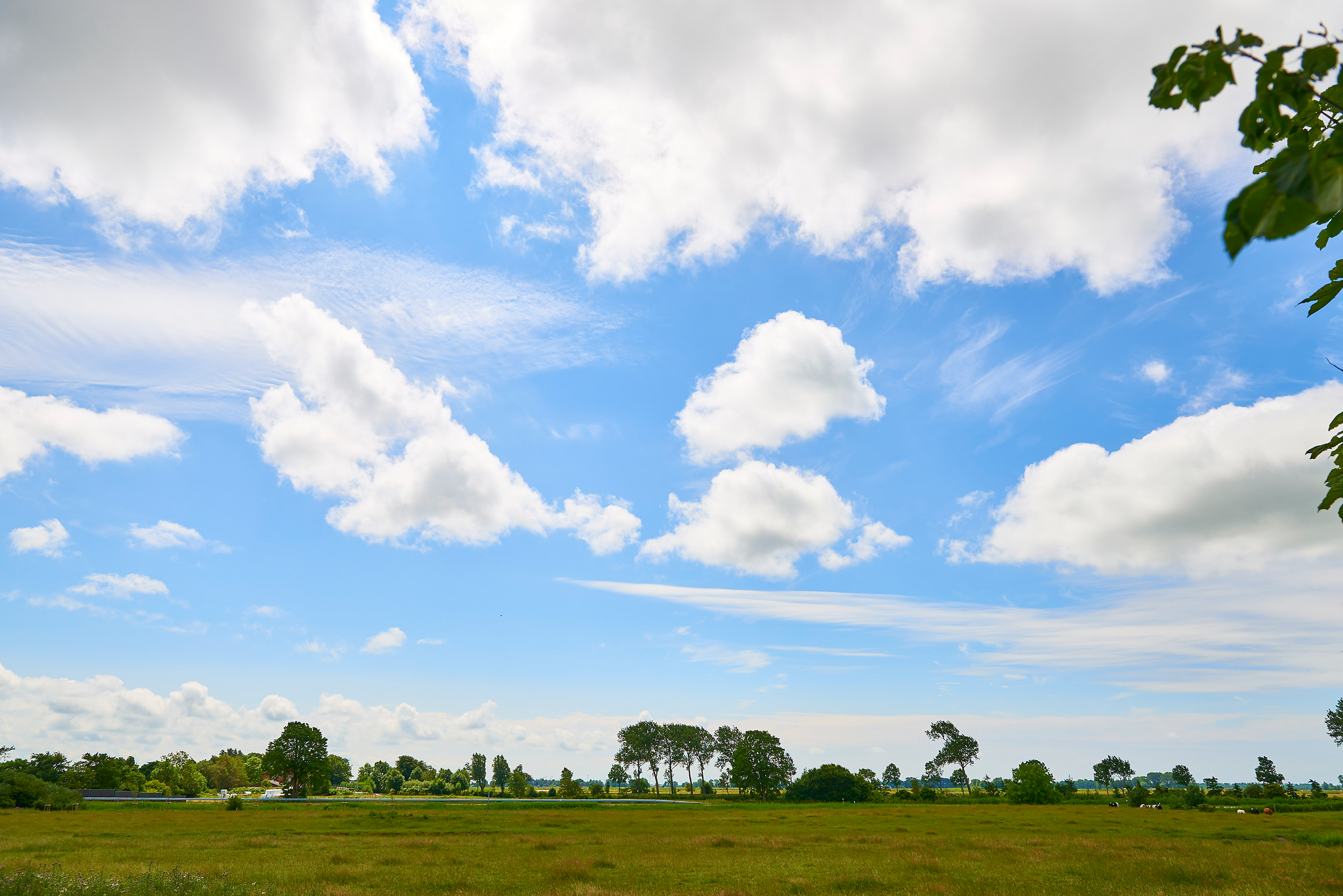
And today, in times of Corona, where many management teams have not seen each other for months, it is almost inevitable to get together again offsite. When personal contact becomes so rare and thus a privilege, you need an exceptional environment, a premium location to meet. Of course, remote, home office work is not a dead end. Supported by the right digital technologies, every employee can be connected remotely and ideas can be brought together regardless of time and space. However, we find that they are very attached to routine and lack the inspiration to break new ground. Working and creativity has always been a social thing and the best solutions arise when people can put their heads together.
Two aspects that are particularly effective offsite is leadership, i.e., managing leadership tasks, and management buy in, i.e., creating commitment in the sense of a binding commitment to a solution approach.
The offsite is the best opportunity to exemplify leadership as a role model, with charisma, empathy and authenticity. It is often the small things with recognition that count. Each exchange becomes personal as it is conducted in co-living mode.
And the management buy in is one of those things. You know the situations where everyone sits together in a meeting and says "yes", goes out and works in different directions. No protocol helps there either. In co-working, solutions are developed together, everyone contributes. By defining a common goal picture, a commitment is implicitly created. It is not a dictated solution of one person, but a common goal that creates commitment because one stands by one's own word.
We have observed that a team that formulates its own solution approach offsite always comes back to it. The corporate culture is also shaped by this over time. "Do you remember.... we wanted to break new ground back then in the Wadden Sea?" It is quotes, images and memories that support a corporate culture and thus make a lasting contribution to teaming within the company. And that is much more than an anecdote told at company parties.
The Future of Work is defined as hybrid, a combination of remote, face-to-face and office. In such a constellation, there is no alternative to offsite meetings as a link for finding solutions, creativity and innovation, leadership tasks, team building and the creation of management buy-in.
